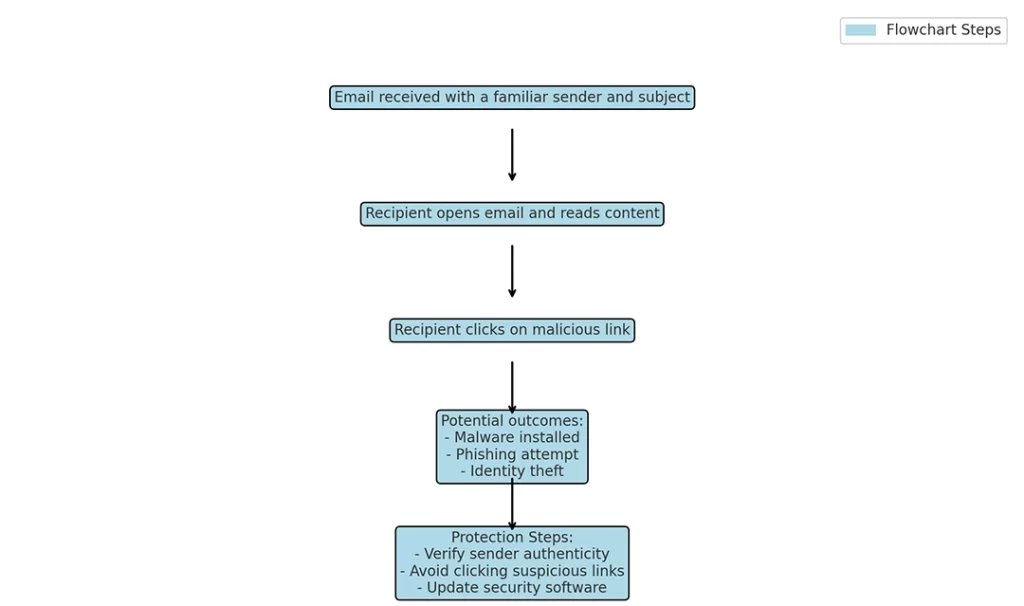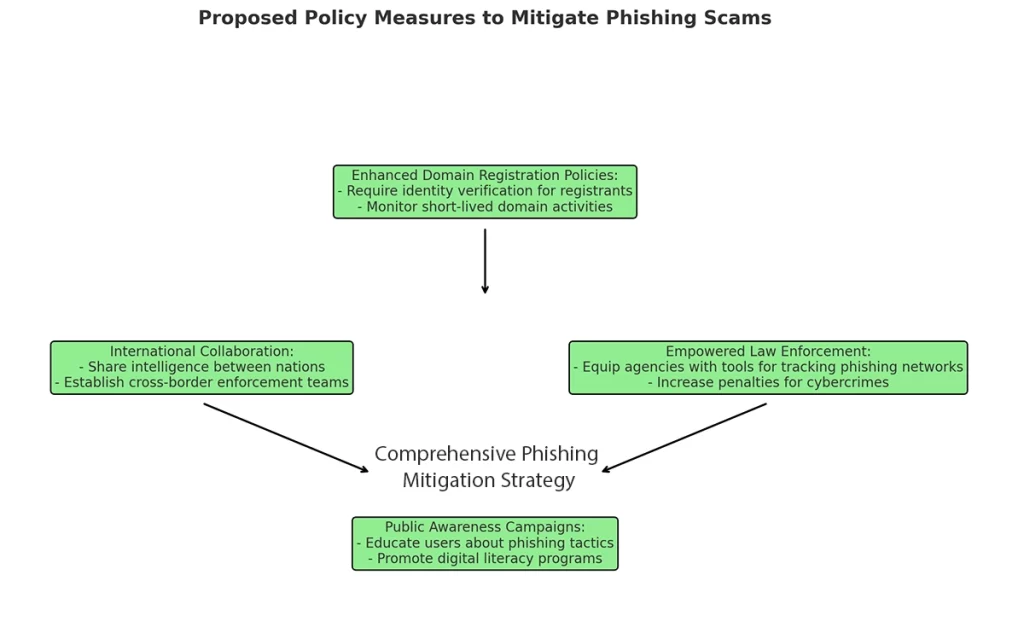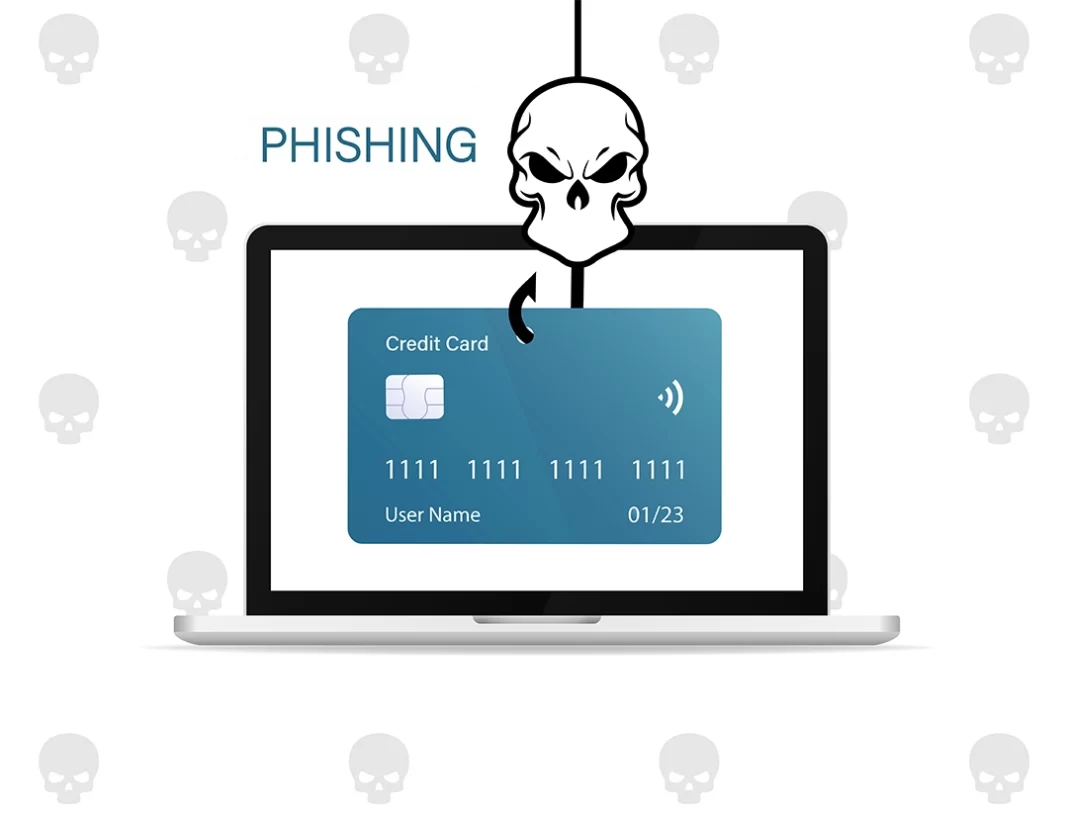A recent phishing scam, known as the “Sad Announcement” email, has been targeting individuals by exploiting their emotional vulnerabilities. Designed to appear as if it’s from someone familiar, these emails manipulate trust and curiosity to lead victims into malicious traps. This article details the mechanics of the scam, its impacts, and measures to protect against it.
How the Scam Works
The “Sad Announcement” email scam employs personalised details to deceive recipients. Typically, the subject line reads something like “Sad announcement: [First Name] [Last Name],” where the name matches someone known to the recipient. This personalisation is intended to make the email appear legitimate. The body of the email contains vague references to shared memories or photos and includes a link to a suspicious domain.

Examples of these messages include:
- “When you open them you will see why I actually wanted to share them with you today.”
- “Never thought I would want to share these images with you, anyways here they are.”
- “I’m presuming you should remember these two ladies, in that photo.”
The link often redirects to malicious websites that are either malware-laden or phishing sites designed to steal personal information. The domains used are frequently registered on platforms like NameCheap and remain active for only a short duration.

Known Malicious Domains
As part of the “Sad Announcement” email scam, attackers frequently use newly registered domains that are active for only a short period.
Examples of such domains include:
Attackers frequently use newly registered domains that follow certain patterns. Below are examples of such domains:
| Known Malicious Domains | More Examples |
|---|---|
| gjsqr.hytsiysx.com | pdbh.ramahteen.com |
| tmdlod.vdicedohf.com | owwiu.dexfyerd.com |
| gtfhq.rmldxkff.com | roix.unrgagceso.com |
| yrlbi.vohdsniuz.com | uqjk.mbafwnds.com |
| vjdbd.hhesdeh.com | mbjzo.enexoo.com |
Note: These domains are all registered with NameCheap and are typically active for only a few days before being abandoned. Be cautious with unfamiliar or short-lived domains.
The Consequences of Falling Victim
Recipients who interact with these emails face multiple risks, including:
- Malware Installation: Clicking the link may trigger a download of harmful software onto the victim’s device.
- Phishing: Victims may be directed to fake websites where they unknowingly provide sensitive data, such as login credentials or financial information.
Beyond the direct impacts, these scams also foster distrust in digital communications. Victims often feel a sense of betrayal from the perceived sender, further eroding confidence in online interactions.
Steps for Protection
To safeguard against scams like the “Sad Announcement” email, users should:
- Verify the Sender: Double-check the sender’s email address and reach out to the supposed sender through an alternative method to confirm authenticity.
- Avoid Clicking Unverified Links: Hover over links to examine their true destination and refrain from clicking if uncertain.
- Use Security Software: Keep antivirus and anti-malware programs up to date on all devices.
- Report Suspicious Emails: Notify your email provider or relevant cybersecurity authorities about phishing attempts.

Regulatory and Policy Interventions
Addressing phishing scams requires collaboration across sectors. Regulators must enforce stricter controls on domain registrations, ensuring adequate identity verification for registrants. International cooperation is essential to dismantle phishing networks, while cybersecurity firms and law enforcement agencies must be equipped to track and prosecute offenders. Additionally, public awareness campaigns should educate users on identifying phishing attempts.

The “Sad Announcement” email scam is a testament to the evolving sophistication of cybercriminal tactics. Detailed understanding and preventive actions at individual, technological, and policy levels are essential to mitigate such threats effectively.
By remaining vigilant and proactive, users can protect themselves from falling victim to these malicious schemes.





